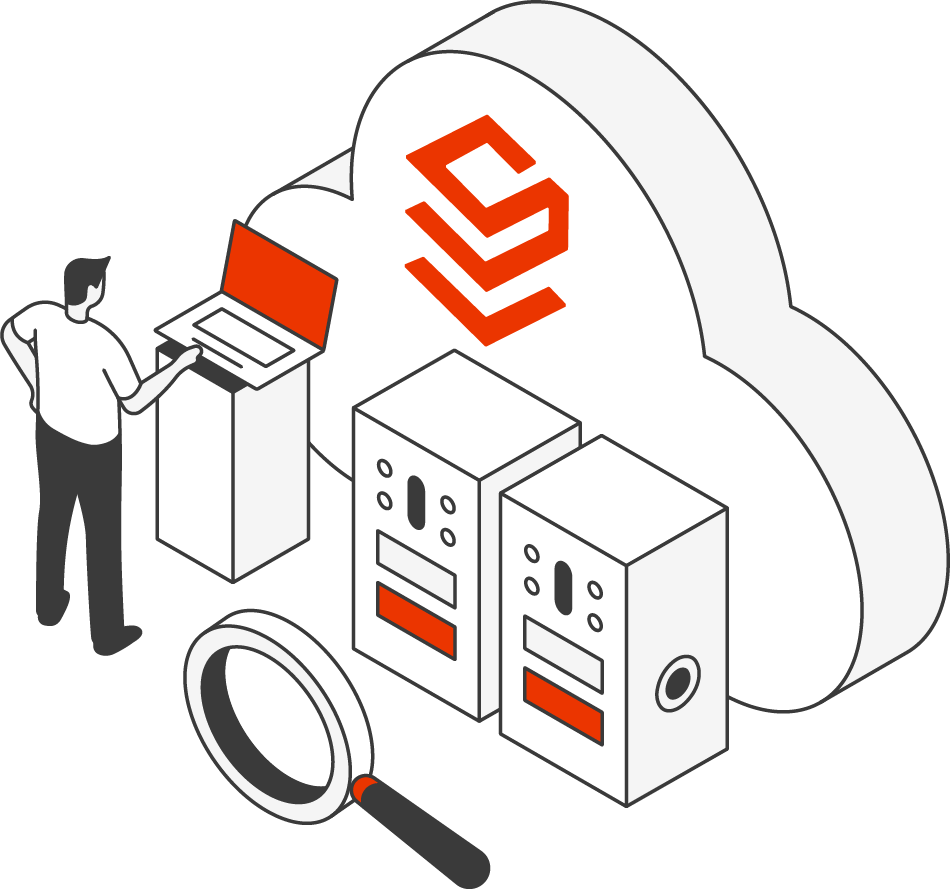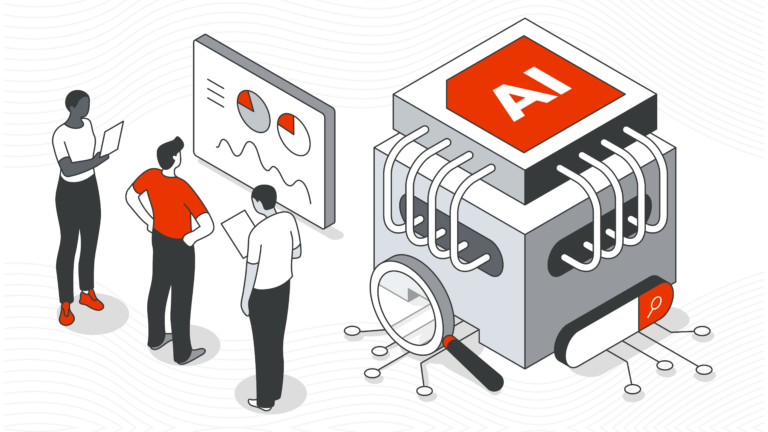May 13, 2024
Jeff Dillon
|
Website search functionality is a growing issue and critical blindspot for higher ed institutions. Here’s a firsthand look at how the issue affects universities who are struggling to keep up with digital demands.
Navigating Today’s Higher Education Landscape
As a University IT Director, I’ve seen firsthand the multitude of challenges that higher education faces today. From dwindling state budgets and increased privacy regulations to the complexities of a digital marketplace, these issues are reshaping how universities across the United States operate. Even those not currently struggling with enrollment will likely confront these difficulties soon. One significant emerging challenge is the “search cliff,” anticipated due to changes in the College Board’s Student Search Service, primarily driven by privacy laws and digital shifts. This is expected to create a substantial recruitment shortfall, averaging around $9 million per institution.The Growing Complexity of Technology in Higher Education
The digital ecosystem in academia has become incredibly complex. As a former Digital Director at a large state institution, I had to ensure our institution kept pace with an ever-expanding array of software and solutions. The role of technology in university settings has broadened far beyond traditional systems like content and learning management systems. It now encompasses a plethora of tools designed to enhance digital experiences for students, parents, faculty, staff, and alumni alike.From IT-Leadership to a Marketing-Driven Approach
Over recent years, I’ve observed a shift in the leadership dynamics within our university. Marketing departments are increasingly at the helm of discussions on digital tools and strategies. This reflects a broader trend where technology decisions are becoming more marketing-focused. Projects often pause pending new marketing leadership, underscoring the growing significance of marketing in driving our technology strategies.Burn & Build Project: A University Website Transformation
In 2019, our university faced a pivotal decision with our website filled with outdated and conflicting information. We embarked on a “burn and build” strategy, which meant rebuilding our website from scratch. We cut down our page count by over 80% and reduced the number of content publishers from 800 to 150. This drastic overhaul aimed to tackle issues like stale content, poor accessibility, and a previously decentralized and inconsistent user experience. The project, taking over a year, was a major success, but it also revealed a critical blind spot: site search functionality.




